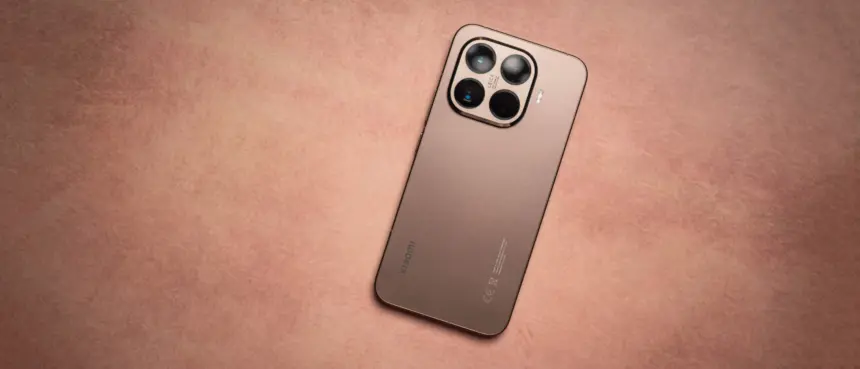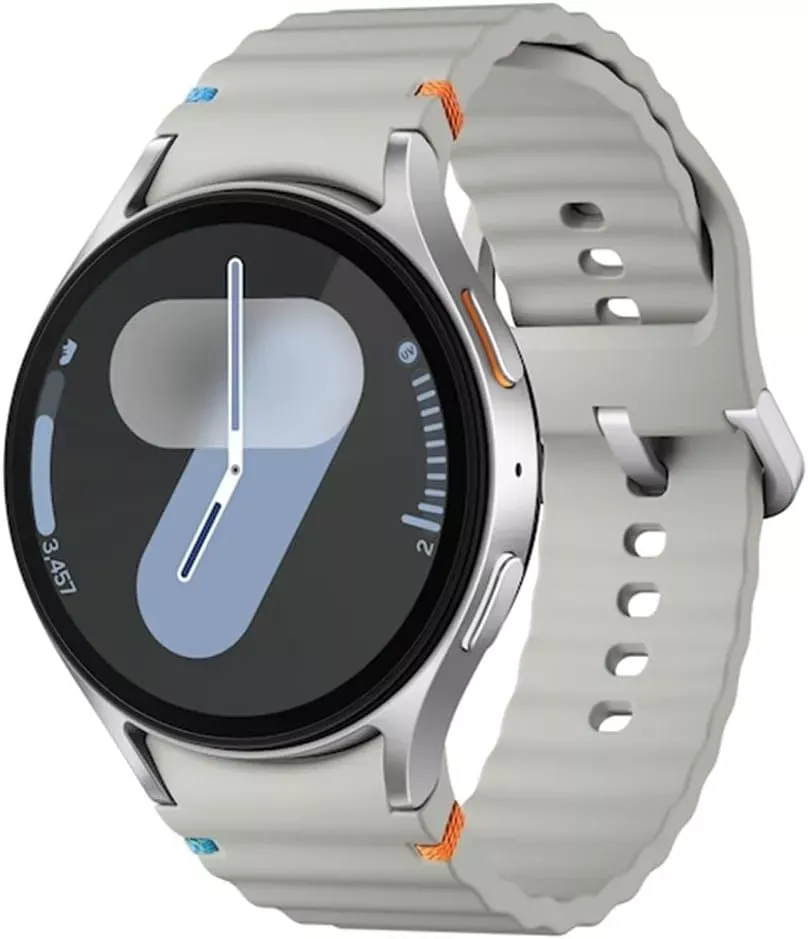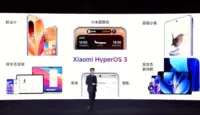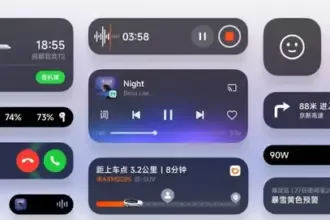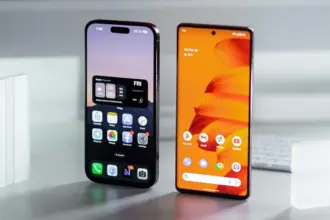Xiaomi is acting bravely. According to reports, the Xiaomi 15T Pro will run Android 20, while the basic 15T would only run Android 19. Up to September 2031, system and security updates will be provided for both models. The majority of Android phones can only hope for seven years of support.
Seven Years of Updates — Really?
Seven years, indeed. The majority of top Android devices receive three or even four big updates. It’s obvious that Xiaomi is attempting to reinterpret what long-term support means. For consumers, that means their phone will remain quick, safe, and up to date for over ten years. Less travel to upgrade your device, let’s face it? That benefits the environment and your pocketbook.
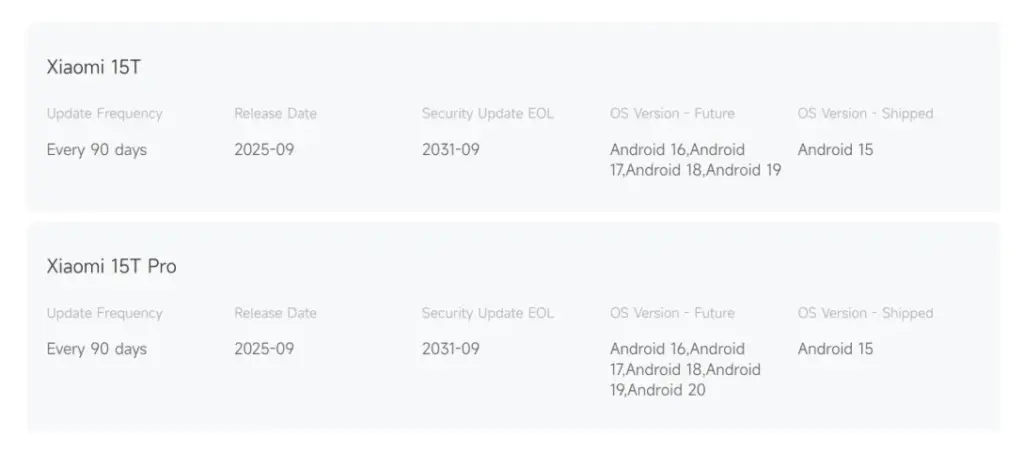
Xiaomi’s ecosystem software, HyperOS 2.2, is installed on both 15T models. For these devices, HyperOS 3, which promises faster multitasking, more AI capabilities, and improved battery economy, is quickly approaching. In actuality, this implies that years later, your phone may still feel responsive. (Isn’t that good for an Android device?)
It’s a smart move in comparison to other brands. It’s similar to Apple’s iOS strategy, but it’s used on a high-end Android phone. This might be a significant selling advantage for European and other markets where lifespan and resale value are important considerations.
Why is this important?
There is more to this than just updates. People’s perceptions of improvements are altered by phones that stay safe, quick, and feature-rich for seven years. In essence, you’re purchasing a gadget that will last. Xiaomi markets the 15T Pro as a high-end phone that fulfills its long-term durability guarantee.

